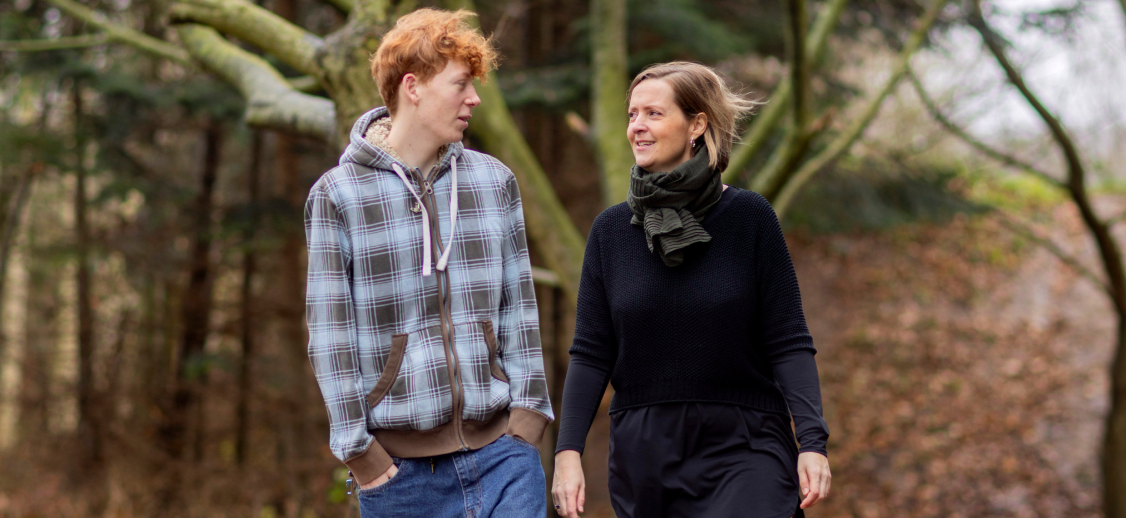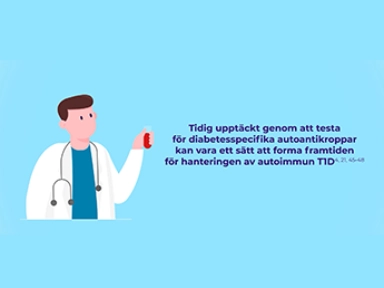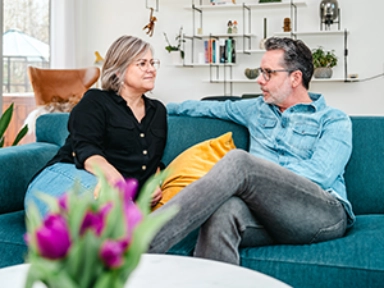I Didn’t Dare Ask if He Would Die
Three years ago, Tina’s 13-year-old son was diagnosed with type 1 diabetes. It was a harrowing ordeal, as he was rushed to the hospital with severe diabetic ketoacidosis. Even today, the entire family remains deeply affected by the traumatic experience.
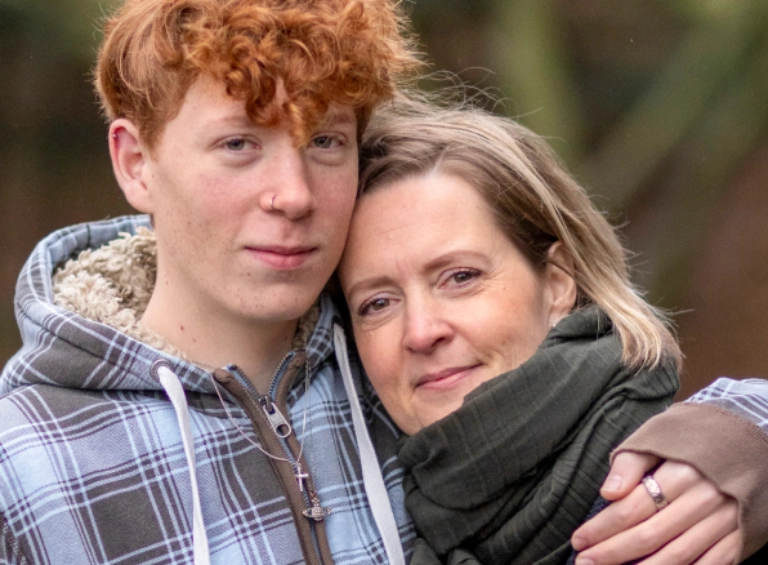
Tina is a mother of twins—a boy and a girl who had always been healthy. But three years ago, their lives were turned upside down when her son Tobias was diagnosed with type 1 diabetes.
Never Suspected Diabetes
“He had been very tired and more irritable than usual, but he’d just returned to school after the Covid lockdown, so I thought that was the reason,” Tina recalls.
He had also been drinking and urinating more than normal, but Tina didn’t know these were symptoms of type 1 diabetes.
On the day he was diagnosed, Tobias was supposed to go to Djurs Sommerland amusement park with his school. He’d been looking forward to it, but when he woke up that morning, he felt sick and vomited.
“He wanted to go so badly and tried to convince me. But I could see he was too unwell, so I kept him home. Thankfully I did, because otherwise, he might not be here today,” Tina says.
Everything Escalated Quickly
As the day went on, Tobias’s condition worsened. His breathing became labored, and by the afternoon, Tina called the emergency doctor to have him examined. Initially, they refused to admit him to the hospital until he had been tested for Covid. However, Tina had a gut feeling something was seriously wrong and insisted he be seen by a doctor immediately.
“We were sent to the children’s ward, but on the way there, he got so sick that he vomited and had to be transported in a wheelchair. As soon as the doctors saw him, they suspected ketoacidosis and admitted him immediately,” Tina explains.
Ketoacidosis is also known as diabetic ketoacidosis.
It is a serious condition that occurs because the body lacks insulin.
When you have type 1 diabetes, the body cannot produce enough insulin on its own.
Tobias was already in critical condition.
“He was so dehydrated that his blood vessels had collapsed, and they couldn’t place an IV to give him fluids. He became more and more distant, and at one point, his eyes went completely blank. I will never forget that look in his eyes,” Tina says.
Could I Lose Him?
The hospital room filled with doctors, and Tina overheard them discussing concerns about his cerebral state. As a medical secretary, she knew what that meant: The doctors feared his condition was so severe it could cause brain damage—or even death.
“Suddenly, I felt like I was about to faint. One of the nurses noticed and took me out of the room to give me something to drink. They helped me lie down in a doctor’s office to recover. I just lay there, trembling,” Tina recalls.
While she was there, a doctor came in to explain that Tobias’s condition was critical and he needed to be transferred to Odense University Hospital immediately.
“I was terrified he might die, but I couldn’t bring myself to use that word. Instead, I asked, ‘Could I lose him?’ The doctor replied that in Odense, at least they could put him on a ventilator if necessary.”
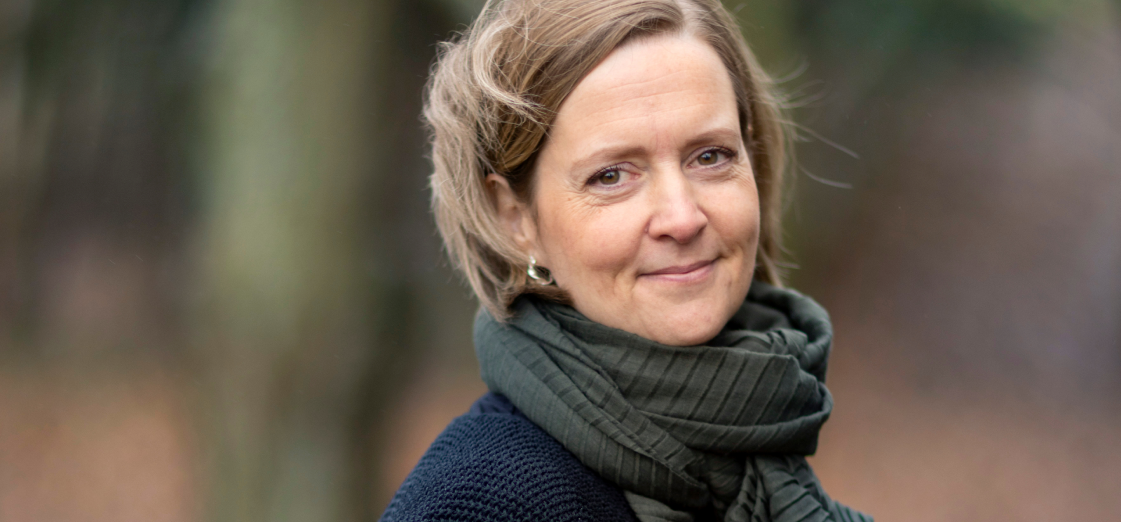
The Longest Drive of My Life
Tina vividly remembers the fear she felt sitting in the front seat of the ambulance on the way from Southern Jutland to Odense.
“I couldn’t sit in the back with Tobias because the doctor and nurse were there. At one point, there was a knock on the window from the back. It felt like my heart shattered into a thousand pieces—what had happened back there? We pulled over, and the doctor came to the front to ask for my phone number so I could talk to my son and reassure him. I stayed on the phone with him for the rest of the drive.”

Things would’ve been so different if the diagnosis hadn’t been so sudden.
On Alert
They arrived at the intensive care unit in the middle of the night, and Tina will never forget the sight of her son in the hospital bed, connected to a web of machines.
“The doctors explained that he needed a lot of fluids, but there was a risk of fluid building up in his brain, so they were monitoring him closely. It was awful.”
Tobias was watched around the clock by doctors and nurses, while Tina and her husband took turns sitting by his side.
“We bought some clothes and toiletries at the hospital kiosk because everything had happened so fast that we hadn’t packed anything. When one of us stayed with Tobias, the other would go to the patient hotel to try to rest a bit—but we couldn’t sleep.”
A survey found that many are emotionally impacted when their child or partner is diagnosed with type 1 diabetes:
A 2024 survey on type 1 diabetes by Sanofi in Denmark, Norway, Sweden, Finland, Belgium, and the Netherlands.

I became panicked every time his blood glucose levels dropped.
A New Reality
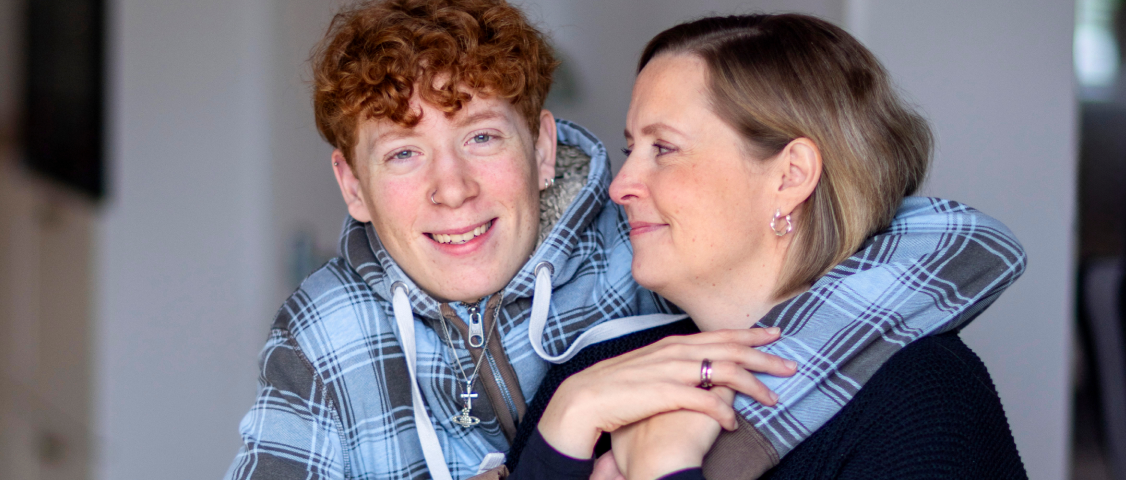
After a few days in intensive care, Tobias was stabilized and transferred back to their local hospital in Southern Jutland, where the whole family stayed for a week. There, they learned how to manage his diabetes, administer insulin, and count carbohydrates.
“It was such a huge adjustment,” Tina says. “Because I’d almost lost him, I became panicked every time his blood glucose levels dropped. That fear stuck with me, and I’m still working through it.” In the weeks following the diagnosis, Tina developed a stress reaction.
“I was driving to work when an ambulance with sirens on overtook me, and everything just came rushing back. I started shaking all over and had to pull over. I realized I couldn’t go to work and ended up taking some time off.”
A Life-Changing Experience
Tina is certain things would have been different if the diagnosis hadn’t been so sudden and critical.
“If we’d recognized the symptoms earlier and gone to our family doctor for a blood glucose test, it would have been so different. We would’ve calmly gone to the children’s ward and gotten the diagnosis. But there’s no point in beating ourselves up over it now.”
She emphasizes that it’s crucial to recognize how an entire family is affected when a child is suddenly diagnosed with type 1 diabetes—not just the parents, but also the siblings, who may feel overlooked.
“For me, it was a huge help to connect with other families in the same situation through private Facebook groups. Hearing their stories and knowing that although the first 1-2 years after diagnosis are tough, there’s hope for the future made all the difference.”
Today, three years after that traumatic diagnosis, Tobias is doing well. He uses an insulin pump and glucose monitor and manages his condition exceptionally well, Tina says proudly. The rest of the family is also finding their footing. Tobias has started boarding school, a milestone that marks Tina’s growing confidence in letting go.

Connecting with other families in the same situation was a huge help.
